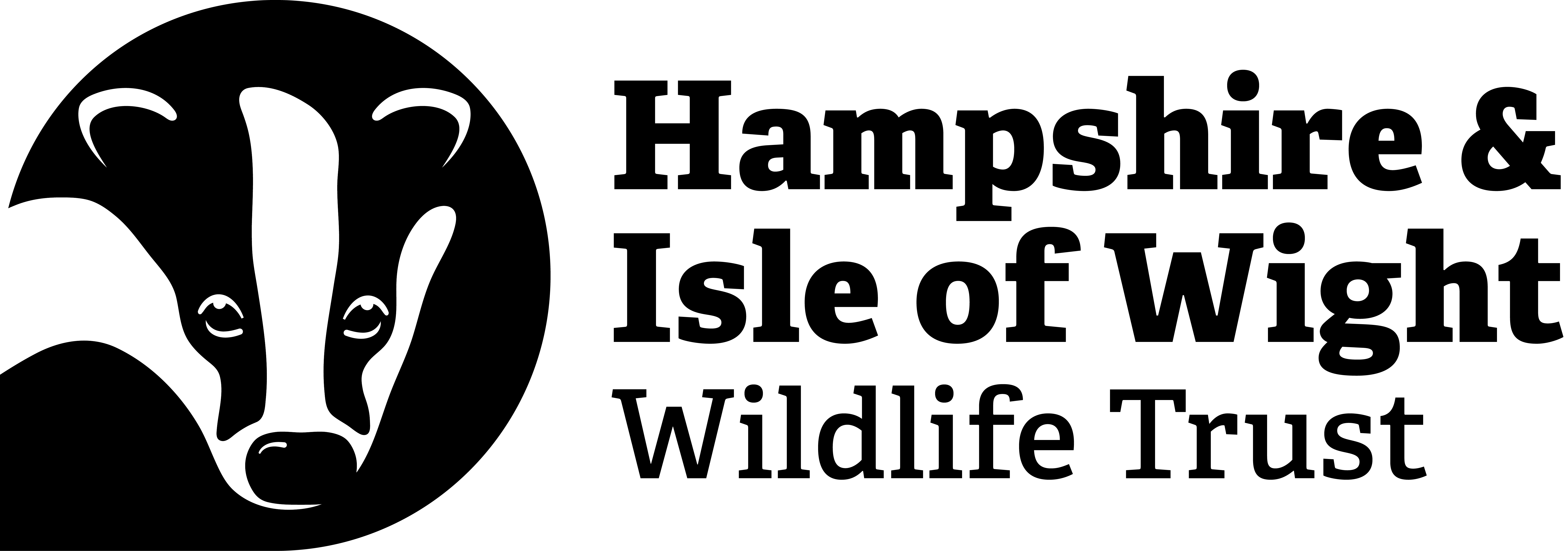Seagrass has returned to the River Hamble for the first time in decades, thanks to a major restoration effort by Hampshire & Isle of Wight Wildlife Trust, marking a landmark step forward for marine conservation in the county.
On 10 April 2025, 2,000 seeds were planted directly into the seabed by the Trust’s marine conservation team. This is the first time seagrass has been sown in the Hamble since its once-abundant underwater meadows were lost to disease and degradation nearly a century ago.
Seagrass is one of the UK’s most important - and most threatened - marine habitats. It provides a safe nursery for marine life including pipefish, cuttlefish and thornback rays, improves water quality, stores carbon, and protects our coastline from erosion. Yet across the UK up to 92% of seagrass meadows have been lost over the past 100 years due to pollution, dredging, boat anchoring and coastal development.
Local loss has been stark. Historical records show that eelgrass once stretched from Southampton Water up the Hamble to Bursledon, until a wasting disease outbreak in the 1930s caused widespread loss. Surveys in 2011 and again in 2023 found no remaining beds.
“This is a huge moment for the River Hamble and for local marine recovery,” said Ellie Parker, Marine Officer at Hampshire & Isle of Wight Wildlife Trust.
“In 2011, we didn’t find a blade of seagrass in the Hamble. To return now with our team to plant thousands of seeds in that same water is a powerful turning point – and a hopeful step towards recovery."




